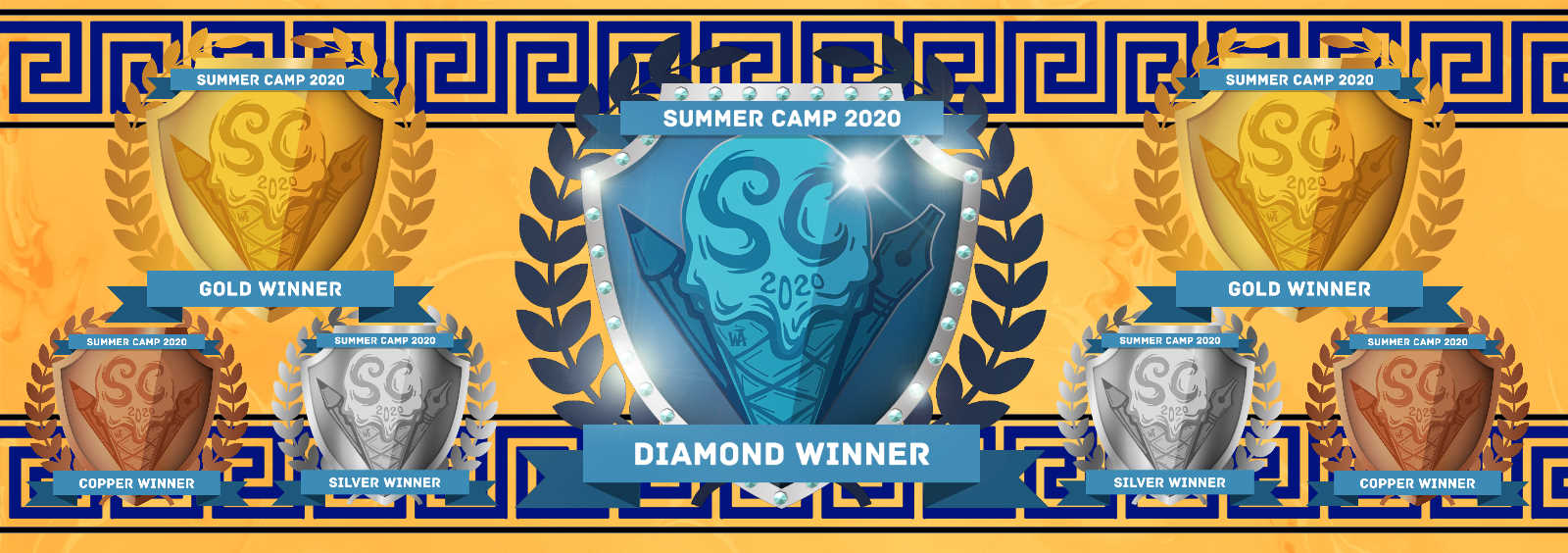Write about a species in your world that is bred or farmed for a high-value resource.— Species
Purple Dye Murex Sea Snails
Tyrian purple dye for cloth was manufactured from the Bronze Age through the end of the Roman Empire. It was, for a time, exclusive to emperors and is the reason purple is still considered a regal color today. And it all came from tiny sea snails in the family Muricidae.
In the fossil record, these snails can be found up to 3.6 million years ago, and there are about 1,600 living species in the family. They can be found all over the world, and many species can be used to produce red or purple dyes, but mostly commonly used in antiquity was the purple dye murex, which lives on rocks in shallow waters of the Mediterranean Sea.
The purple dye murex are carnivorous predators that feed on other gastropods, bivalves, and barnacles. The size of the adult shell of the purple dye murex can reach about 60 to 90 mm, or 2.5 to 3.5 inches. The shell is usually golden brown in color with a very long canal and a row of spines.
Snail Harvesting
The dye substance is a mucous secretion from the snail's hypobranchial gland. Secretions are milky and colorless when fresh, but acquire their hues upon exposure to the air. The dye is an organic compound of bromine, a class of compounds often found in algae and in some other sea life, which evolved in the sea snail as an antimicrobial coating for its eggs and as a tranquilizer for its prey.
In addition to providing dye components, these snails are also edible.
Snail Farming
The snails can be cultivated and "milked" by humans in a relatively humane, eco-friendly, sustainable manner, although archaeological evidence suggests that the Minoans cultivated these snails at such densities that they became cannibalistic, with shells found punctured in a manner consistent with feeding by fellow snails.
Alternately, the snails can be crushed by humans in their shells in a destructive, eco-disastrous, unsustainable method that's ultimately less labor intensive, more profitable, and was therefore more commonly chosen by the Phoenicians.

Comments